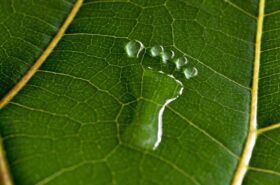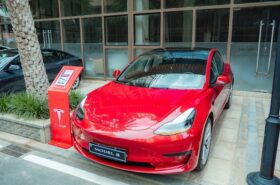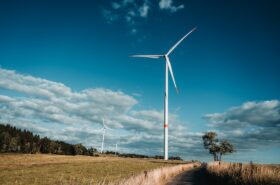Wind energy accounts for about 5 to 8% of global energy generated today and will reach up to 20% by 2030. It is one of the oldest energy sources that humans have been using for centuries. There are several reasons wind energy has been used for all these years and continues to gain popularity yearly.

Big tech companies, including Google, Facebook, and Microsoft, have invested billions of dollars in wind power plants to make it one of their primary energy sources to power the companies’ data centers. These companies are investing in wind energy because of the many benefits it has over other energy sources.
In today’s article, we will dive deep into the benefits of using wind energy and why it is crucial for the future of renewable energy and achieving the 2050 carbon-neutral goal. We shall also discuss some of the limitations that are affecting the adoption of wind energy.
How Does Wind Energy Actually Work?
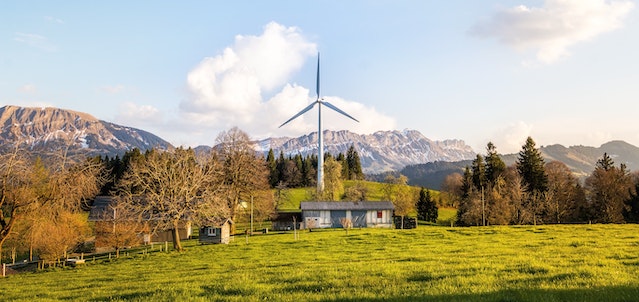
Wind energy is electrical energy generated from wind by turning wind turbines. Wind turbines are fan-like devices with blades that turn when blown by the wind. These blades are attached to rotors that convert the mechanical energy of the spinning blades into electricity that is then stored in batteries or directly used by the consumers.
Wind power plants are usually located in areas that receive massive amounts of wind. A single power plant can have several turbines that together produce several megawatts of energy. On average, a wind turbine rated at 2.5 – 3 megawatts can produce more than 6 million kWh of energy every year.
Benefits of Wind Energy
No fuel needed
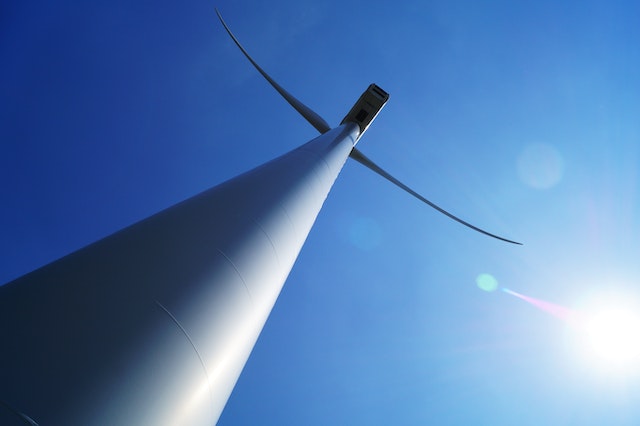
One of the major advantages of wind energy over most energy sources is its self-powering capabilities. Wind turbines do not need any power to ignite them; the wind entirely rotates them. All the energy generated is a result of the wind, which makes it a super-efficient source of electricity.
This significantly lowers the cost of energy production compared to other sources of renewable energy that might sometimes need some energy investment. Once you set up a wind power plant, there are no extra energy costs that you will incur to operate it. That is why it is one of the cheapest ways of generating electricity.
It is an efficient energy source
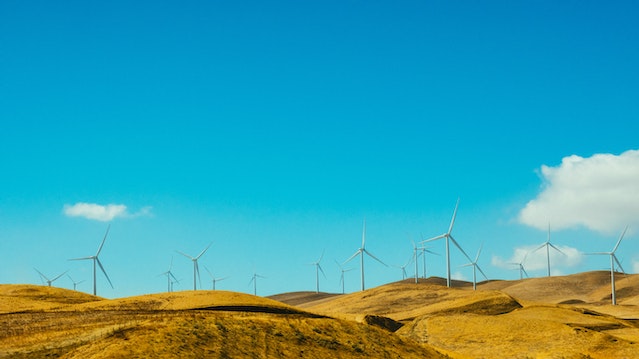
The efficiency of wind turbines is usually between 30 to 45% and can rise up to 50% during peak wind times. So, almost half of the wind energy that reaches the turbine blades is converted to electricity. To give you context, the efficiency of most solar panels is usually between 20 to 25%.
The turbine’s efficiency largely depends on the shape of the blades. Engineers have been tweaking the shape of these blades over the years to make them collect as much mechanical energy from the wind as possible. The speed of the wind also affected the efficiency. Most wind turbines tend to become efficient the more the speed of the wind. So, plants in areas with more wind will usually be more efficient than those with less wind.
It is a cost-effective source of energy
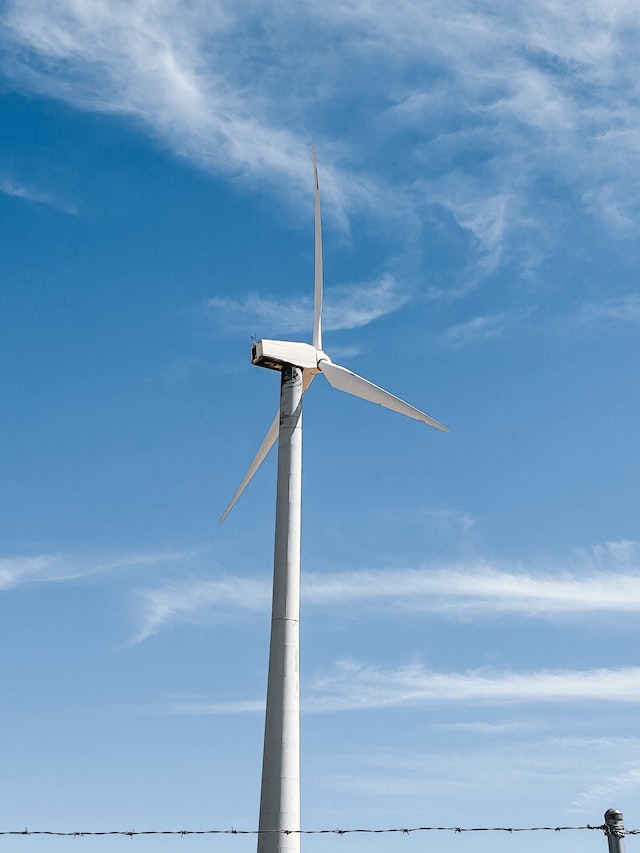
Another crucial benefit of wind energy is its low operation and maintenance costs. Once installed, wind power plants only need to be maintained once every six months, which is very reasonable compared to other energy sources. These plants also don’t experience frequent breakdowns if quality materials are used during installation.
The average cost of running a wind power plant is $0.06/kWh. In comparison, the average cost of solar power plants is around $0.1/kWh. Hydropower plants are the cheapest to operate, costing an average of $0.05/kWh. This makes wind one of the most cost-effective sources of renewable energy.
If you are in a region that has enough wind, it is way cheaper to generate electricity from wind than several other alternatives. This cost can even further go down if you are running a much bigger plant with hundreds or thousands of turbines.
One of the cleanest energy sources
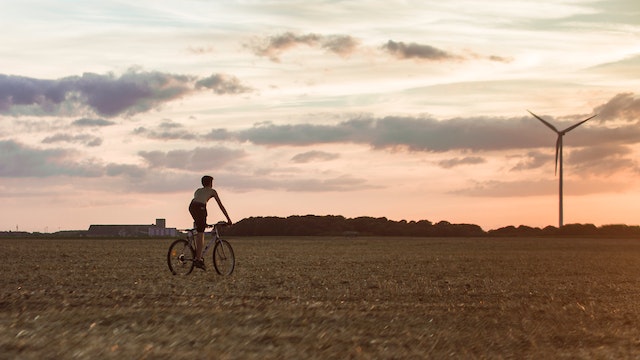
As we shared earlier, wind power plants do not require any fossil fuel to run. All the electrical energy they generate is from the wind that moves past the turbines’ blades. That means wind power plants do not generate any greenhouse gases during operation. The only time that wind power plants indirectly lead to greenhouse gas emissions is during the manufacturing and transporting of the equipment used in the installation.
Maybe another small percentage of emissions are from the oil used to service the turbines and rotors to ensure smooth rotation. However, several plants are adopting lubricants that are more environmentally friendly in order to bring the carbon footprint of wind power plants closer to zero. So, there are absolutely no greenhouse gases that are produced directly during operation.
Most companies that want to lower their carbon footprint are prioritizing wind turbines over several other renewable energy sources. High efficiency and almost zero greenhouse emissions make wind turbines one of the cleanest renewable energy sources.
Wind turbines can be scaled down.

Due to technological advancements, it is now possible to scale down wind turbines to create smaller versions that can be used in homes and by small businesses. This makes it easier for ordinary people to also adopt wind energy as the primary source of electricity for their homes or small businesses.
Small wind turbines that cost around $3000 to $5000 per kilowatt can now be used to power homes if they are located in a place that has enough wind. To create extra headroom, you may want to install a turbine that is cable of generating about 5 to 10KW. This can bring the cost up to $50,000. However, the operation costs are minimal once you have installed the turbine at your home.
If you are living in an area with reasonable amounts of wind, you can consider installing a wind turbine as your source of electricity if you can afford to. It even makes more sense to use wind energy if you are located in an area that doesn’t receive good amounts of sunlight throughout the year.
Wind is abundant almost everywhere.
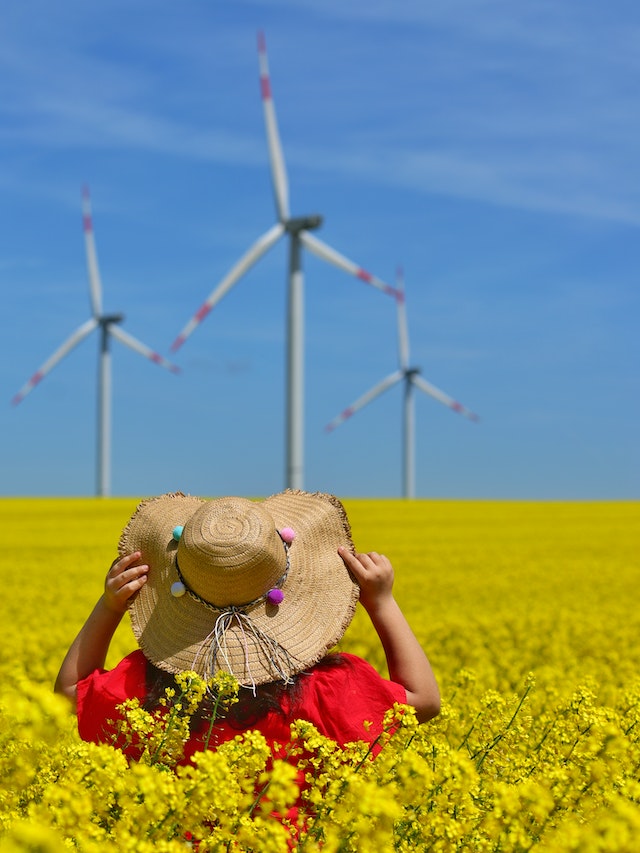
Almost every region of the earth has some form of wind. There is also sufficient data regarding the magnitude of wind in the different regions, making it pretty easy to choose the best areas to install wind power plants. It is also possible to estimate the amount of energy that can be generated by the different turbine sizes before installation.
Such data is very important when assessing the feasibility of installing wind power turbines in different areas. Of course, areas that have more wind are ideal for installing wind power plants. Windier areas can produce more energy, making it much faster to offset the procurement and installation of all the necessary wind power plant hardware.
It doesn’t depend on the time of the day.
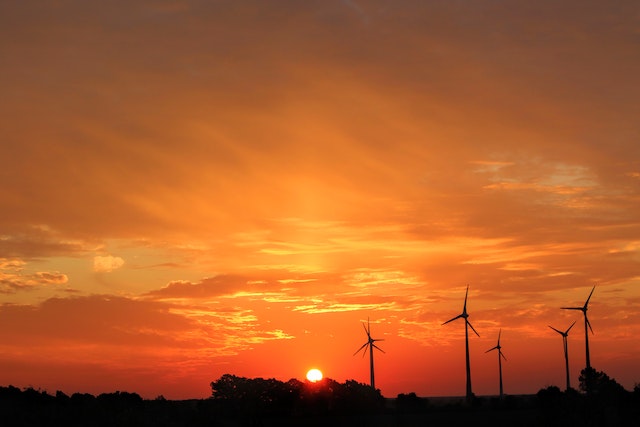
Unlike solar energy, wind is always present throughout the day, depending on the season. So, energy can be generated and stored both during the day and night, which is a huge benefit, especially for areas with much wind. Of course, the magnitude will vary from time to time, but in the medium and long term, you can expect to have some wind almost every day and night.
If you live in areas with significant amounts of wind, it is much better to install wind turbines instead of solar. With wind, you will have a consistent generation of energy for 24 hours, which can’t be said about solar.
It requires less land than most other energy sources
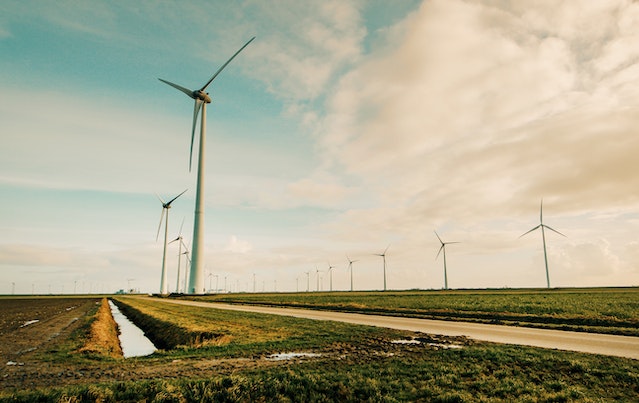
Theoretically, a wind power plant may need a lot of space since the blades on top usually need a radius of about 20 to 50m to rotate freely. However, the actual footprint of the wind turbines on the ground is very small, so it is possible to use the rest of the land for other activities like cultivating crops.
The blades are usually about 90m off the ground, making it possible to install wind turbines in your garden even if you have crops that significantly grow a couple of meters from the surface. The poles of these turbines don’t need significant surface area, so it doesn’t affect the activities on the ground.
Wind turbines don’t need frequent maintenance.
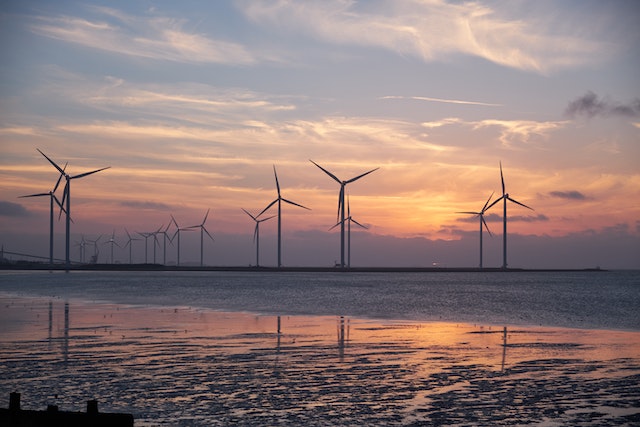
Another benefit of installing wind turbines is that they don’t require frequent maintenance. Once the turbines are installed, they can operate for several years without requiring frequent interventions. The newer versions of these turbines are also more durable and can be monitored and controlled using digital tools.
Most wind turbines can last over 20 years before the need to replace parts or make any significant changes to their installation. This makes them a more viable investment if you intend to use the energy for several decades. Their durability also depends on how well you install them, so use qualified professionals even when installing a single turbine tower to generate energy at your home.
Limitations of Wind Energy
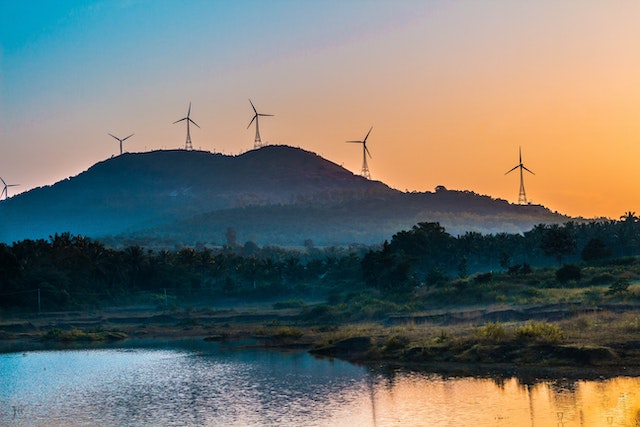
Despite being one of the best renewable energy sources, there are certain caveats to wind energy that need to be addressed to increase the adoption rate and reliability of this energy source. Here are some of the disadvantages/limitations of installing wind turbines.
They produce excessive noise.

One of the major issues with installing wind turbines is the noise produced, which can be unpleasant, especially in public places. This is one of the reasons why wind turbines are usually installed in deserted places. The newer versions of turbines have significantly less noise produced. However, the noise is still audible once you get closer to the turbines. Besides humans, this noise can also disorganize animals, potentially affecting their output.
They are a danger to flying animals.
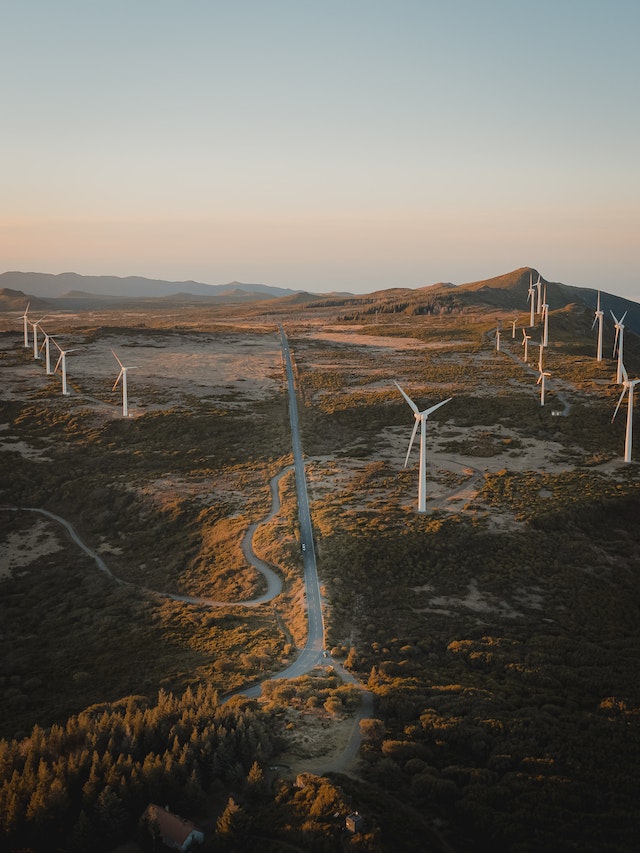
Several birds are killed almost every day by wind turbines. Studies show that over one million birds are killed by wind turbines per year in the US. Of course, this number is less than the 6.5 million birds killed due to collisions with communication towers and the 25 million killed by power lines, but it is not negligible.
Researchers are trying hard to find ways to minimize these numbers because birds are very important to our ecosystem. Some studies have shown that painting the turbine blades black and white can reduce these deaths by over 70%.
Wind turbines can be unsafe in the sea
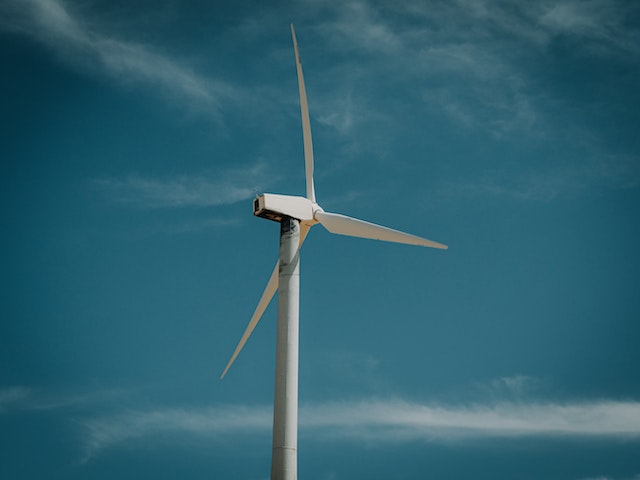
Several turbines are installed in water bodies, including lakes and oceans, thanks to the presence of huge amounts of wind in these water bodies. However, this comes with several downsides that must be dealt with to make these turbines safer. One of them is the frequent collision of turbines and boats, especially during night hours. Sea animals also collide with these turbines, which could lead to the death of these animals.
The issue of collisions can be handled by putting some reflectors in the lower positions of the turbine towers, making it easy for sailors or sea animals to see them at a distance.
Final thoughts
Wind energy has several benefits that make it one of the best renewable energy sources. Its efficiency, low maintenance cost of the wind power plants, and abundance of wind are some of the reasons the adoption of wind energy has been growing over the years. Like any other technology, wind energy also has a couple of disadvantages that need to be addressed to enhance its adoption further.
Some of the notable limitations we shared include noise and the death of flying birds due to collisions with turbine blades. But overall, wind is one of the renewable energy sources that will help us achieve the goal of being carbon neutral by 2050 much faster.

